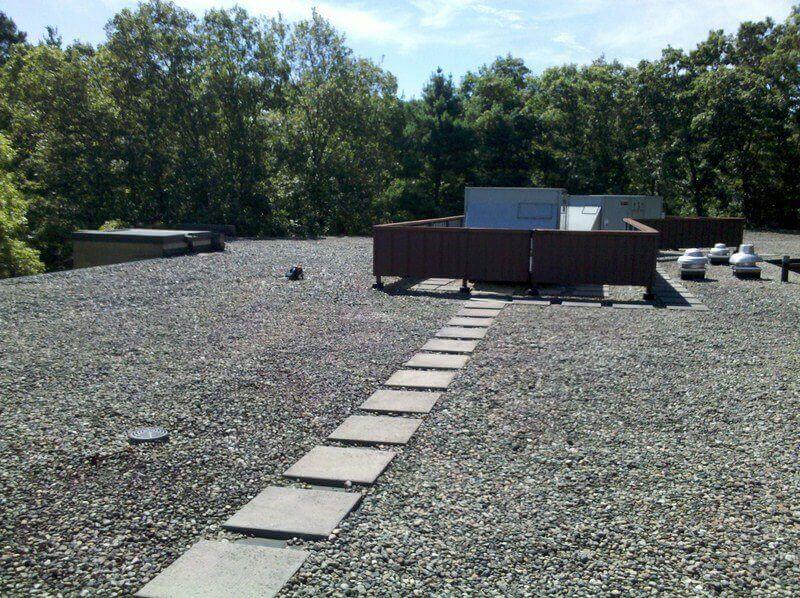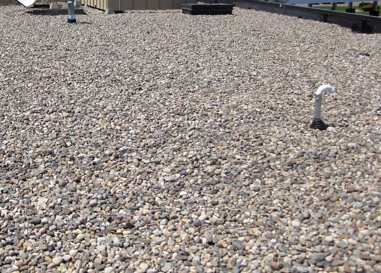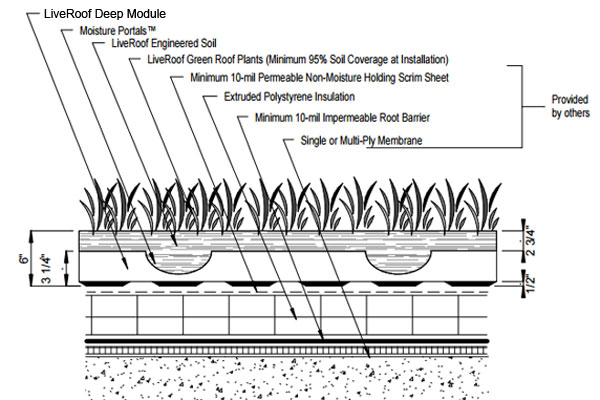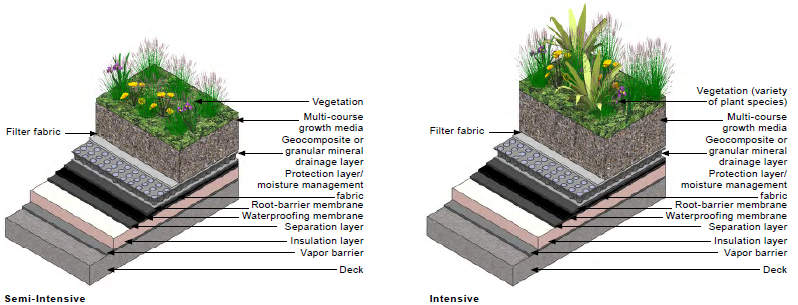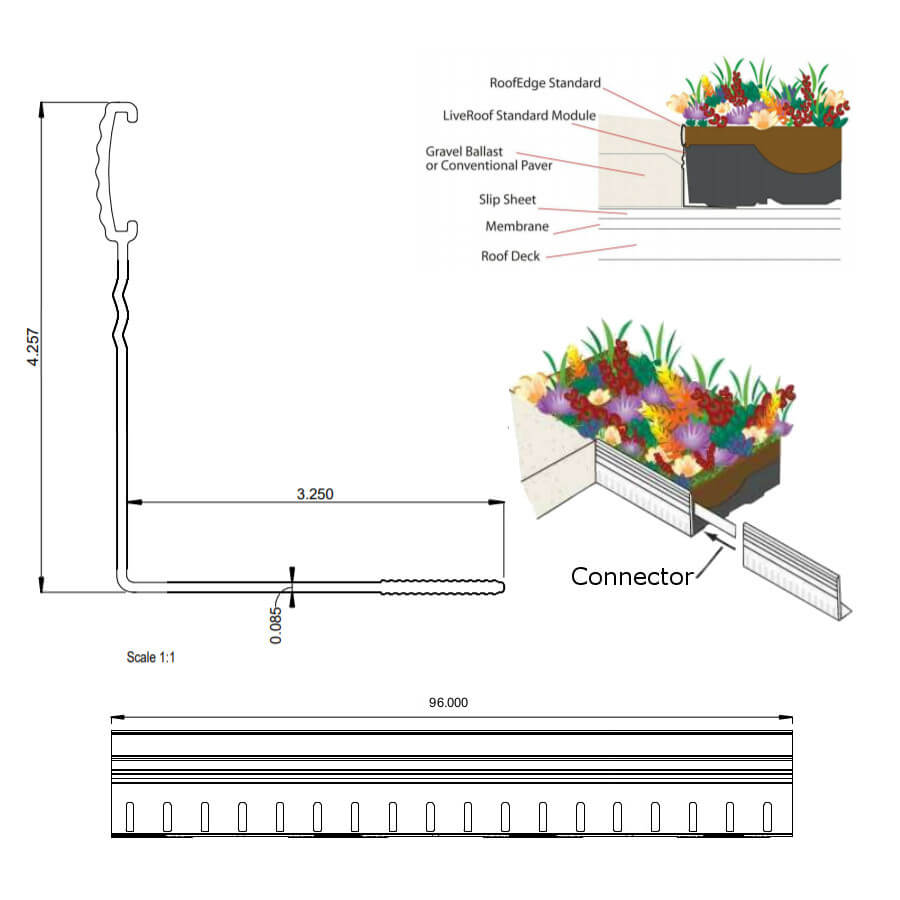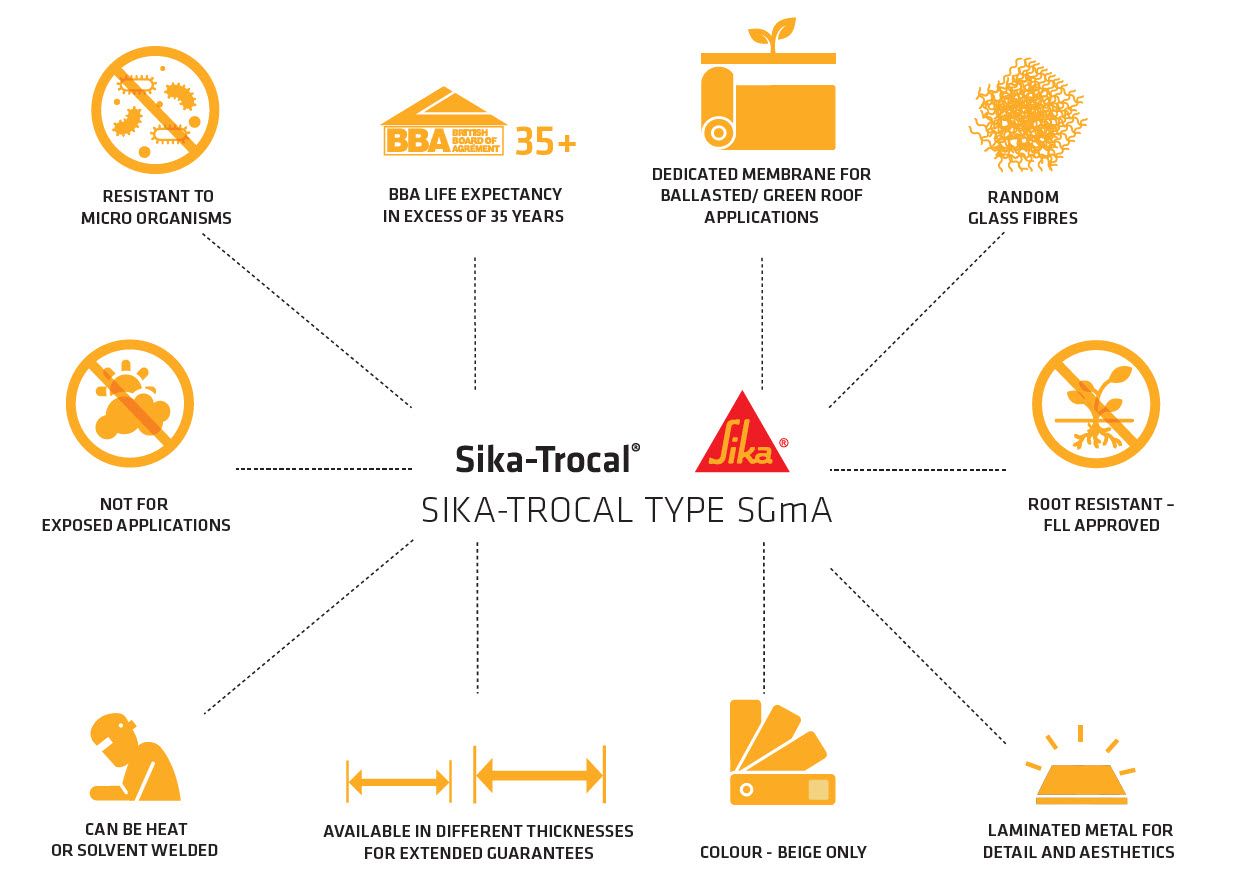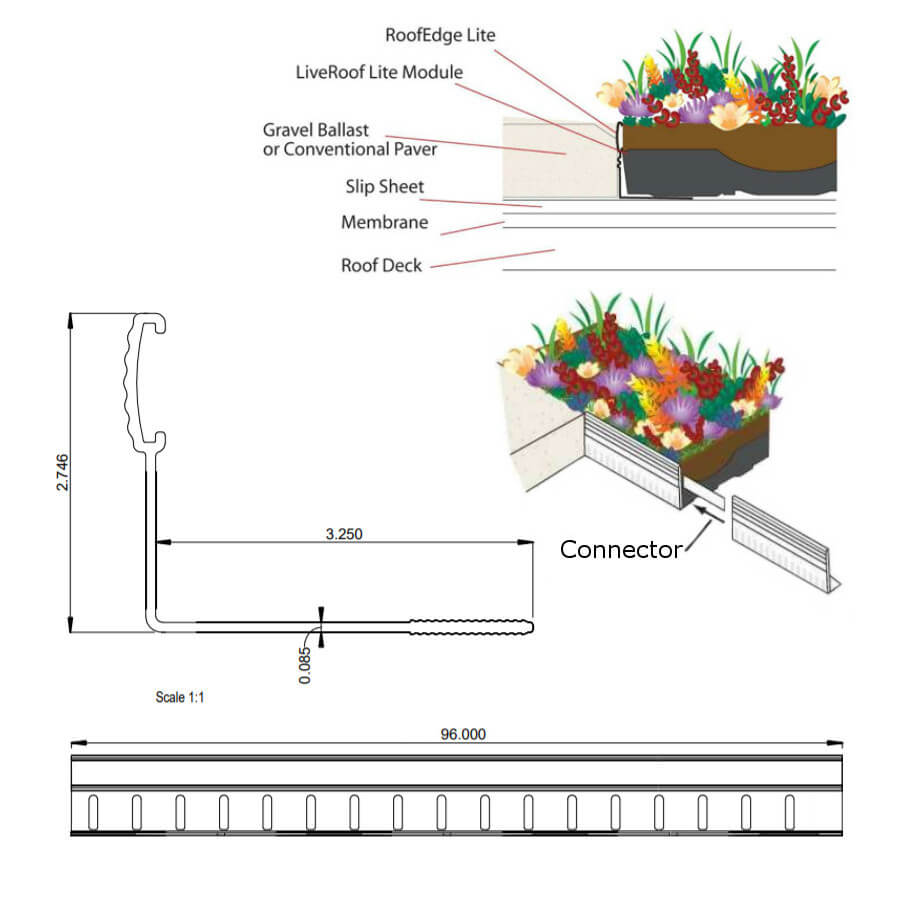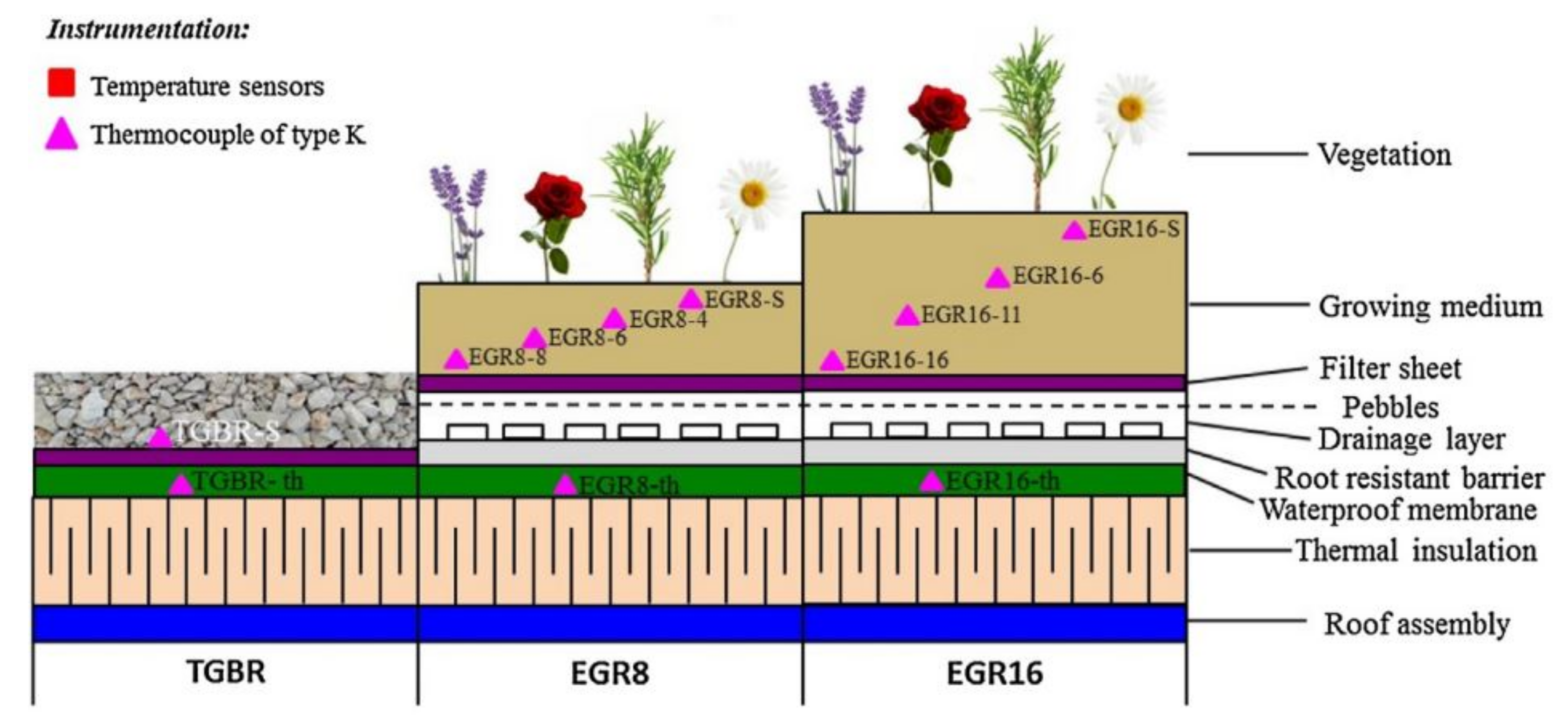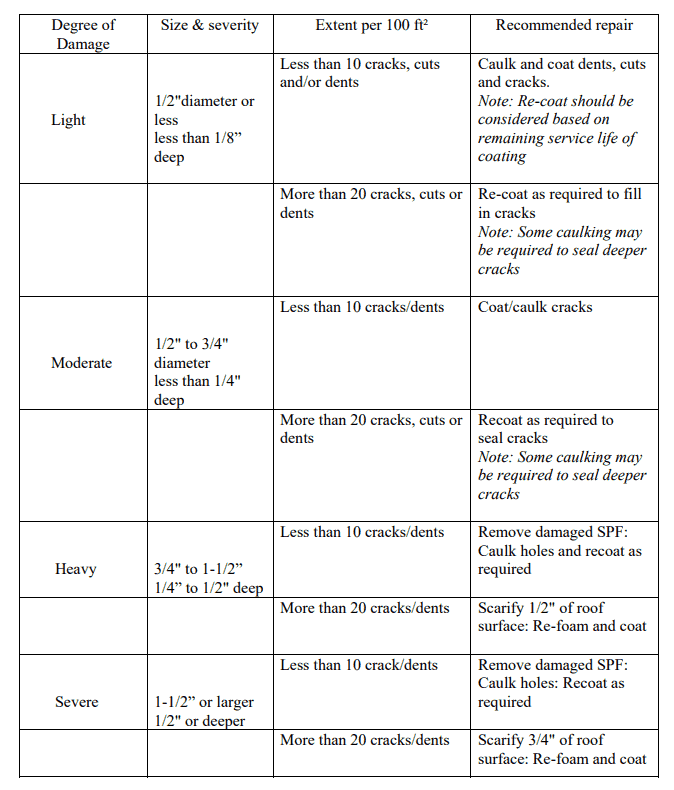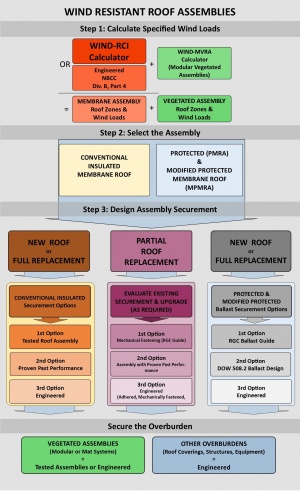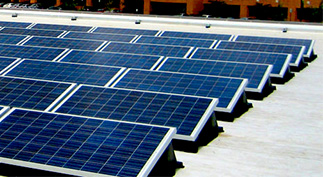Roof Ballast Depth

An insufficient depth of ballast causes overloading of the underlying soil and in unfavourable conditions overloading the soil causes the track to sink usually unevenly.
Roof ballast depth. Ballast is required with 20 lbs s f. Ballast stones are usually one to two inches thick and applied more generously than on a built up roof. Somebody walking on the roof will undoubtedly step on the ballast and put a hole in the membrane. Contact hydrotech for specific installation guidelines.
Finally the ballast stone or and pavers are laid down throughout the roof system. Or you may call us at 440 946 2233. Seawater weighs 64 1 pounds per cubic foot. Track ballast should never be laid down less than 150 mm 6 inches thick and high speed railway lines may require ballast up to 0 5 metres 20 inches thick.
Stone ballast typically requires crushed graded stone placed over a stone filter sheet rolled out over the insulation. The stones used in ballasted roofing are generally 1 5 2 5 inches in diameter and applied in a thicker layer. 2 the membranes tend to pull at their perimeter ties raising and stretching the. Installs very quickly since no fasteners or adhesives are used.
In the field of the roof a minimum of 10 lbs s f. The weight of the ballast equals the weight of the water it causes the vessel to displace. The heavier stones provide substantial protection against wind gusts. Roofing southwest a ballast system helps cut roof system application costs as it takes less time to install since sealing the layers together isn t necessary.
Generally loose laid ballasted roofing systems are not recommended or at least discouraged for three reasons. Most roofers typically installed 10 15 pounds of ballast per square foot. Though not as common as they used to be ballasted roof systems still prove to be a viable solution for today s commercial roof needs. Ballasted roof systems are simultaneously a roofer s best friend and arch nemesis.
Benefits of a ballasted roof system. Modular trays can have a variety of different outlet designs according to the goals of the installation e g reduce peak flows achieve specific lag time for target events etc. 1 a leak is very difficult to locate because the water runs freely in numerous directions and for longer distances under the loose laid membrane. For built up roofing the gravel was generally 25 5 inches in diameter.
Needed at perimeters and at large penetrations. Additional benefits of ballast on a flat roof. If you remove 64 1 pounds of ballast then the vessel will displace 1 cubic foot of water less than it did before the 64 1 pounds of ballast was removed. Holes mean roof leaks and roof leaks mean call the roofer.
Doesn t produce any foul smell during construction. Ballasted flat roofs are a popular choice especially for commercial buildings. Simply put a ballasted roof is easy to install and basically guaranteed maintenance work for a roofer. Divide the amount of ballast to be added or removed by 64 1.

